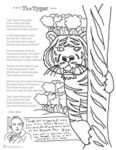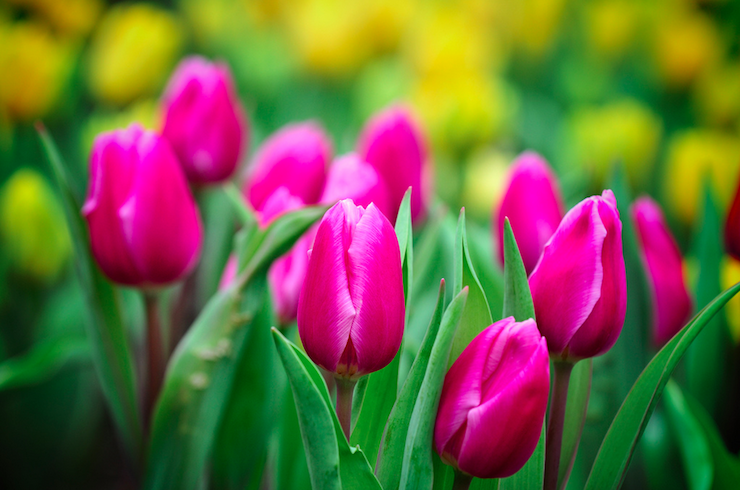We believe that poetry is best experienced on a regular basis (every day, in fact) and not just carted out once a year like the big brown box with the crushed corner and bent flaps full of holiday decorations to be dusted off and displayed for a season. Even so, we think it’s very sweet to give poetry its own special month, to dress all up and go to the fancy balls and eat delicious little cocktail sandwiches at parties and find itself read and read and read again some more. Almost makes you want to be poetry, doesn’t it?
With National Poetry Month just around the corner, we recommend these five great resources to help you bring more poetry into your life in April. It would be okay to use them in March and May, too. We promise you, poetry won’t mind.
1. How to Read a Poem

Sometimes, when we say that poetry was meant to be read (we might even say that more than we say it was meant to be written), that’s the kind of look we get. Poetry? It doesn’t do anything. No car chases, no explosions, no sexy … Stop right there. Poetry has all that, sometimes more. And National Poetry Month is a perfect time to invite yourself to read it. Tania Runyan’s How to Read a Poem is just such an invitation. Using images like the mouse, the hive, the switch (from the Billy Collins poem) this book will guide you into new ways of understanding—and enjoying poems.
2. How to Write a Poem

3. Jealous Poem Stacks

4. Poetry and Coloring

And teachers, we know most of you are not in your classrooms during July when we celebrate Take Your Poet to Work Day. We’re pretty sure the grownups won’t mind if you borrow our poets-on-a-stick collection and plan a fun poets parade for your students this National Poetry Month. Get the whole collection in our Take Your Poet to Work Day Coloring Book. (You can also now celebrate Take Your Poet to School Week with your students!)
5. Five Invaluable Word Tools

Photo by 白士 李. Used with permission.
___________
How to Write a Poem uses images like the buzz, the switch, the wave—from the Billy Collins poem “Introduction to Poetry”—to guide writers into new ways of writing poems. Excellent teaching tool. Anthology and prompts included.
“How to Write a Poem is a classroom must-have.”
—Callie Feyen, English Teacher, Maryland
- Earth Song Poem Featured on The Slowdown!—Birds in Home Depot - February 7, 2023
- The Rapping in the Attic—Happy Holidays Fun Video! - December 21, 2022
- Video: Earth Song: A Nature Poems Experience—Enchanting! - December 6, 2022


L. L. Barkat says
Oh, truly, I am wishing for a poets’ parade 🙂
This was a very amusing intro to the top 5. No one can say that Tweetspeak doesn’t put style into what, elsewhere, would only be a regular old list post. Love!
Charity Singleton Craig says
A poets parade! That would be so fun. I hope someone does that.